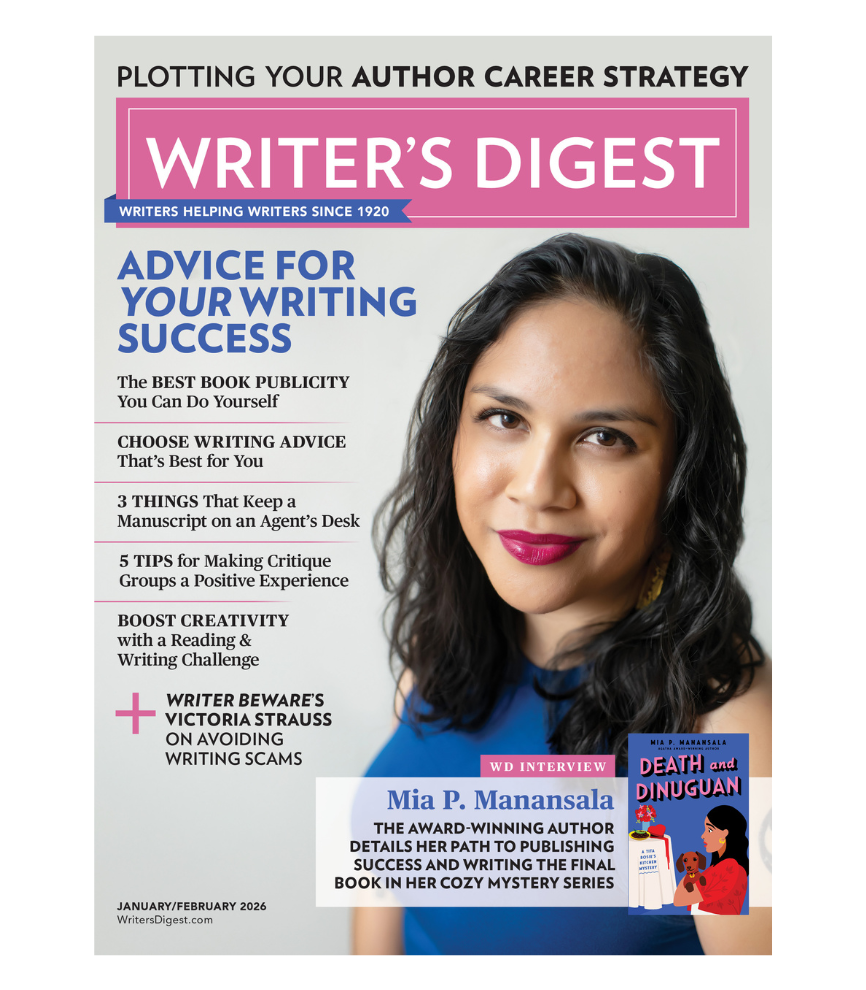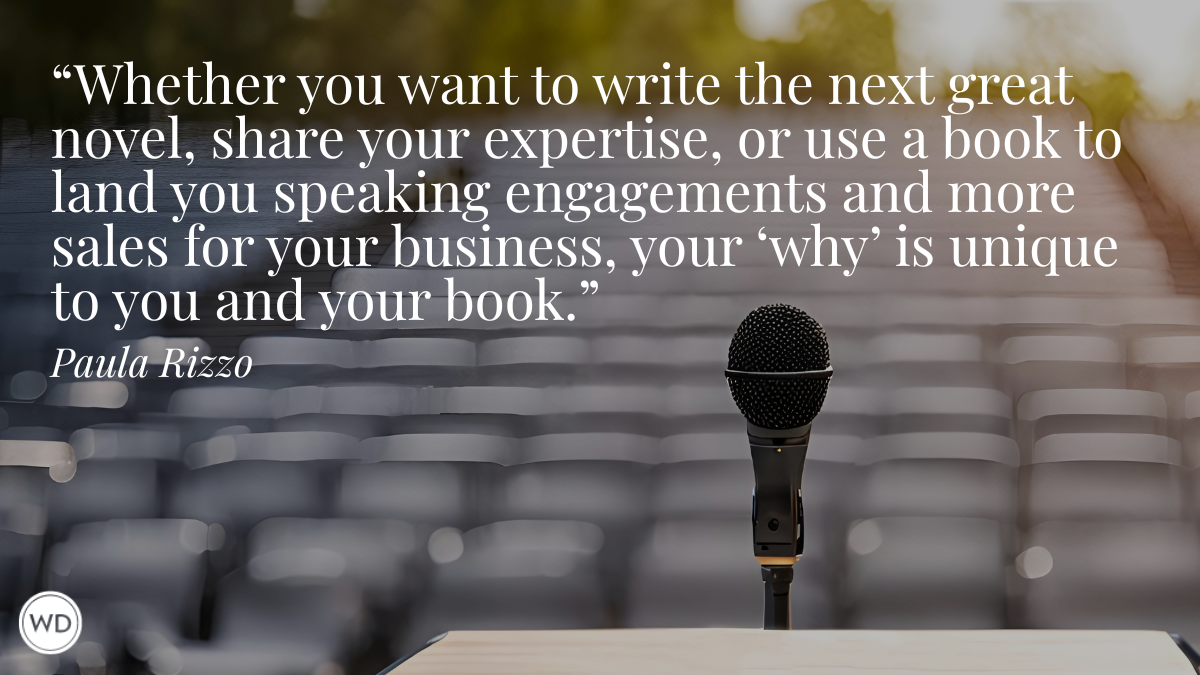How to Create Stories That Children Can Actually Read
Editor and author Brooke Vitale explains how writing children’s books using decodable text can help kids become better readers.
If I learned one thing as a young writer, it was that kids can read a book as long as it uses short words. It’s what I was taught by more seasoned editors and what I have applied to the hundreds of early reader books I’ve written and edited over the years. And it made sense … until I started teaching my own child how to read.
When the pandemic hit, I found myself locked in with a rising kindergartner. I didn’t know what he’d need to know when (and if!) school started, so I pulled all the early readers from my shelves and got to work … only to find that he couldn’t read them. The books I expected to be easy enough for him were too hard. So, I started doing some digging to find out why.
That’s when I learned about decodable text and the five pillars of reading: phonemic awareness, phonics, vocabulary, fluency, and comprehension. What I learned left me wondering: What business did I have writing books for children who were learning to read when I had no idea how children learn how to read? And more importantly, do we as children’s book authors have a responsibility to understand how children learn to read?
I set off on a mission to find out. I spoke to teachers, literacy specialists, and dyslexia specialists about how we as authors can better support children in becoming successful readers. What I learned was that we as authors do play a central role in helping children learn how to read. But not every book serves the same purpose.
What is decodable text?
With more and more states mandating a phonics-based curriculum, the term decodable has become a bit of a buzzword, but what does it actually mean? Quite simply, decodable text is text that a child has the ability to sound out.
In order to read, children must first learn the sounds letters make, how to divide syllables, what punctuation is, and so much more. But the order in which children learn this isn’t random. They are taught using something called a scope and sequence. This is an organized list of the concepts to be taught (the scope) and the order in which they are organized (the sequence), moving from simple to complex.
Orton-Gillingham-trained teacher and reading specialist Beth Mares explains that “Scope is critical because children need a structured and sequential approach to phonics. Building on previous knowledge allows them to spiral back and say, ‘Now I know why you use k and not ck at the end of the word park.’”
So, what does this mean for children’s book writers? The answer depends on the type of book being written!
Early Reader Books
I have spent the better part of two years studying how children learn to read. In fact, I was so determined to offer kids something better than what I had that I created the Charge into Reading Decodable Readers series, a 9-stage reading system that largely follows the prominent UFLI Scope and Sequence to support children in their quest to read.
I have watched both my children and others use these books, and I can personally attest to the fact that focusing only on the sounds a child knows actually works. The level of success I’ve seen using these readers over traditional early readers is amazing, and I’ve heard the same feedback from parents and teachers around the country.
The truth is, sounding out words takes a lot of brain power. And trying to figure out words you can’t read takes a lot more. Licensed dyslexia therapist and certified academic language therapist Casey Harrison explains that “Many of our struggling readers get to the end of a paragraph and have little knowledge of what was actually read.” If students are decoding with automaticity, Harrison continues, “it frees up the cognitive load.”
In short, when we provide our children with books they have the skills to read, we free up that brain power so that they can focus not on what the words are, but on understanding what the words mean.
So, what can authors do to make children better readers?
Plenty! But one of the most important things we can do is dispel the notion that a word is easier to read just because it’s shorter.
In many schools, a seemingly simple word like down won’t be taught until the second grade, whereas a child in early first grade may be able to read longer words such as mistake or muffin.
As authors of early reader books, our goal is to help children read independently and successfully. But we can’t do that if we’re filling our books with words they can’t read. That’s where decodable text comes in. Understanding what children are learning and when will allow us to ensure that our word choice accurately reflects what children are capable of reading.
Chapter Books
We all know that chapter books are intended for older kids who are reading independently. But it is this very independence that makes it so important for authors to understand what a child can actually read and when. Most phonics programs taught in schools carry through second or third grade. That means there are still sounds an 8- or 9-year-old might not be familiar with, including word endings such as -sion, -tion, and -ture and silent letters such as kn, mb, and gh.
Newly independent readers also tend to have less stamina. Harrison suggests keeping chapters short or breaking them up with section breaks, stating, “These let kids find a place to take a break.”
Picture Books
When I started down this path, I expected the experts I interviewed to tell me that, yes, picture book authors also need to understand how children learn to read. But it turns out, the how isn’t as important when it comes to a picture book. Instead, when it comes to reading, picture books are all about vocabulary building and introducing background knowledge.
Mares explains that “Vocabulary knowledge is dropping in this country. We need to expose children early and often to vocabulary.”
The truth is, young children can understand a lot more than they are capable of reading on their own. According to Mares, “It isn’t until fourth or fifth grade that reading comprehension matches listening comprehension.”
The very fact that picture books are designed to be read to children means that they can include more challenging words. In fact, it is through picture books that children gain much of their exposure to language! As Harrison notes, “The root of reading is language. Picture books are developing that language. Don’t be afraid of using higher-level language as long as you are providing children with the supports throughout the context to understand what the words are.”
But it’s not just vocabulary children learn from picture books. They learn about the world. All children have different life experiences. A child growing up in the United States might be familiar with baseball but will never have encountered a game of cricket.
As children move into chapter books, it can be challenging to understand a story about a subject the child is unfamiliar with. Harrison explains that vocabulary is important, but so is “understanding things about the world. The more background knowledge we can provide, the better.”
Picture books play an important role in providing this background knowledge, in teaching children about the world around them and about topics they might not otherwise be exposed to. And that background knowledge is essential to building a future successful reader.
At the end of the day, not every book is decodable, and not every book should be! But every book plays a role in creating future readers. As authors, we hold a great responsibility in our hands. We need to pay attention to how children learn to read and understand how our books can offer them the supports they need. We are personally helping to shape future readers, and we need to do so the right way. Future generations will thank us for it!
Brooke Vitale began her career as a children’s book author and editor 20 years ago with one goal: to create books that children would enjoy reading and that would have a lasting impact on their lives. But it wasn’t until she started teaching her own son to read that she realized how important it was to have the right books. That led Brooke to create Charge Mommy Books and the Charge into Reading Decodable Book series, now being adopted by school districts around the country.
When she’s not writing, Brooke works as a freelance children’s book editor and runs BrookeVitale.com, a website dedicated to helping aspiring authors navigate the publishing and self-publishing industry. Since beginning her freelance career, Brooke has helped more than 1,000 authors achieve their dream of publishing a book.








